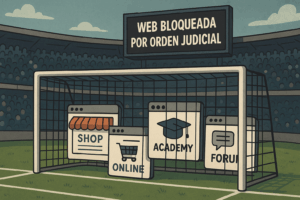Description: E-learning refers to the use of electronic media and technology for educational purposes, facilitating access to information and interaction between students and educators. This approach integrates various digital tools, such as online learning platforms, educational applications, and multimedia resources, allowing users to learn flexibly and personalize their education. E-learning encompasses not only formal education but also extends to professional training and personal development. Its main feature is the ability to offer educational content anytime and anywhere, making it an attractive option for those looking to enhance their skills or acquire new knowledge. Additionally, it fosters collaboration and idea exchange through forums, chats, and video conferences, enriching the learning experience. In an increasingly digitized world, e-learning has become essential to adapt to the changing needs of learners and the demands of the labor market, promoting continuous and accessible learning for all.
History: E-learning has its roots in distance education, which began to develop in the 19th century with the use of postal correspondence. However, the true rise of e-learning began in the 1990s with the advent of the Internet and the development of online learning platforms. In 1999, the term ‘e-learning’ was popularized by a report from an information technology company, highlighting the potential of technology to transform education. Since then, e-learning has rapidly evolved, incorporating technologies such as mobile learning, augmented reality, and artificial intelligence, which have expanded its applications and accessibility.
Uses: E-learning is used in various areas, including formal education in schools and universities, corporate training for employees, and personal development through online courses. E-learning platforms allow students to access study materials, participate in discussions, and take assessments remotely. Additionally, it is used for the continuous training of professionals in fields such as medicine, technology, and education, where constant knowledge updating is crucial.
Examples: Examples of e-learning include platforms like Coursera and edX, which offer online courses from recognized universities. Learning Management Systems (LMS) such as Moodle and Blackboard are also used in educational institutions to facilitate teaching and learning. In the corporate sector, companies like LinkedIn Learning and Udemy for Business provide training in specific skills to employees through online courses.



